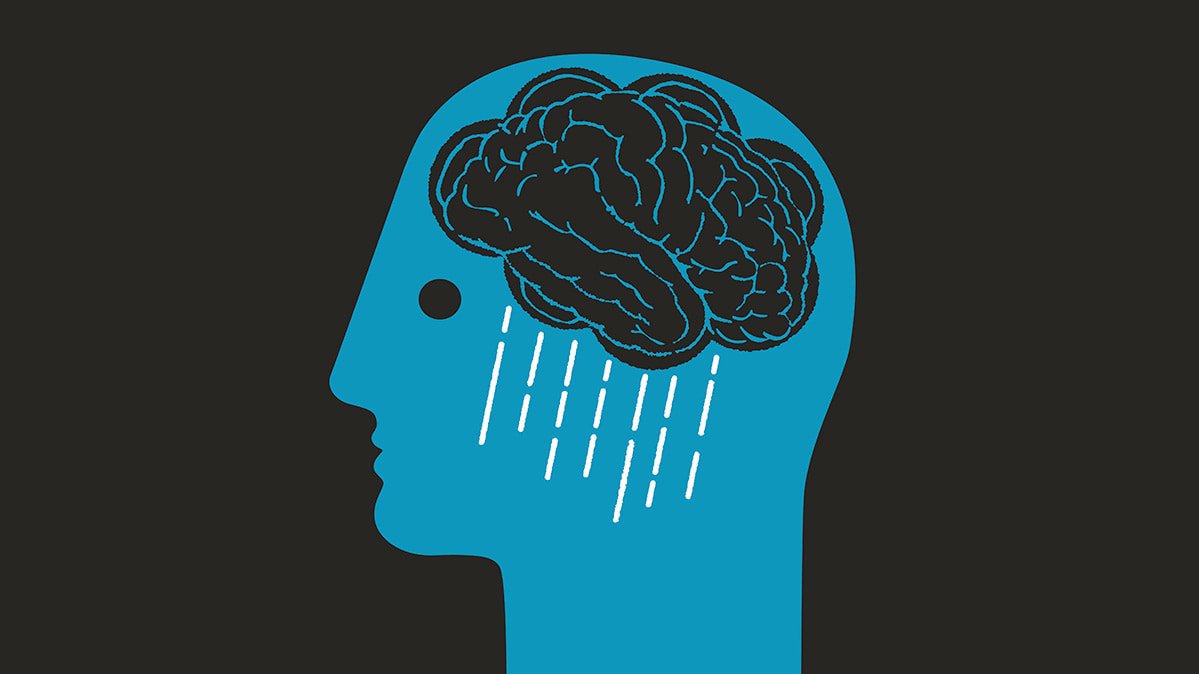The Great Depression is widely known in the United States as a massive economic collapse, but few people remember all of the money lessons that it brought. Whether you’re just beginning your journey with money or are considering investing in the stock market, it’s important to remember the Great Depression, so you don’t make the same mistakes made by businesses during the 1930s.
The Great Depression is an integral part of American history. It’s something that we should all remember so that we don’t make the same mistakes that businesses made during the 1930s. America’s path to recovery from the Depression is to learn the lessons it brought us.

America’s experience with the Great Depression
The Great Depression was a severe worldwide economic depression, mainly during the 1930s, beginning in the United States. The timing of the Great Depression varied across nations; in most countries, it started in 1929 and lasted until the late-1930s. It was the longest, deepest, and most widespread depression of the 20th century.
America’s Path to Recovery from the Great Depression
America’s Path to Recovery from the Great Depression was long and hard. After the stock market crash of 1929, the country spiraled into a deep recession. Millions of people lost their jobs, their homes, and their hope. It would take more than a decade for the economy to recover. During that time, the government tried various methods to get the country back on its feet. Some of these methods were successful, while others were not.
Causes of the Great Depression
The Great Depression was a time of poverty and despair caused by many factors. One of the leading causes was the stock market crash of 1929, which led to banks failing and people losing their life savings.
The Impact of the Great Depression
The Great Depression was a devastating economic event in the early 1930s. It was the longest, deepest, and most widespread Depression. Between 1929 and 1933, the gross domestic product (GDP) of the United States decreased by 33 percent. Personal income, tax revenue, profits, and prices dropped, while international trade plunged by more than 50 percent as measured in U.S. dollars.
The Response to the Great Depression
The Response to the Great Depression was a series of economic programs and laws enacted by the United States federal government to end the Great Depression. The response came in four waves. The first wave was fiscal policies, and the second wave was regulatory policies. The third wave was the New Deal programs such as the Works Progress Administration (WPA).
The fourth and final wave was the crisis of 1933–1935 and included the institution of a new major economic program: the National Recovery Administration (NRA) to encourage national self-regulation of the economy under the codes of the National Recovery Administration (NRA), the abandonment of the gold standard and
The Legacy of the Great Depression
The Great Depression was a time of great hardship for many people in the United States. The economy was in shambles, and many people were out of work. Most adults alive during the Depression tell stories about how hard things were. The legacy of the Great Depression is still felt today.
This is a perfect addition to your 3rd – 5th-grade social studies curriculum. The guide is based on the 3rd edition and includes even more primary source video clips, audio clips, activity sheets, timeline, test review, and answer key than before.
Your students will see that our country has faced hard times in the past. They will learn that people have pulled together and made things better.
Lessons from the Great Depression
The Great Depression was a time of great hardship for many people in the United States. However, it also taught people some valuable lessons about money and finance. Here are three of the most important lessons that people learned from the Great Depression:
1. Be careful with your money. 2. Don’t rely on debt to finance your lifestyle. 3. Invest your money wisely.
Perspectives on the Great Depression
The Great Depression was a devastating economic downturn that affected countries worldwide. Perspectives on the Great Depression vary, with some people believing that it was a necessary event that led to the development of the modern economy. In contrast, others believe that it could have been avoided if different policies had been implemented.
The thing you should keep on your Mind
- What caused the Great Depression?
- What were the effects of the Great Depression?
- How did the Great Depression end?
- What lessons can be learned from the Great Depression?
- What is the Great Depression?
- What is the difference between the Great Depression and the Recession of 2008?
- What is the definition of Depression?
How Did America Cope During the Great Depression?
The Great Depression was a time of great hardship for Americans. However, many people found ways to cope with difficult times. Some people turned to religion for comfort, while others looked to friends and family for support. Artists like Billie Holiday and the Weavers helped Americans cope with their fear of nuclear destruction by creating songs about it. Learn more: Listen to Billie Holiday’s “Strange Fruit” and the Weavers’ “Goodnight, Irene. ”
Religious leaders tried to help people deal with the threat of nuclear war in other ways. In 1957, Pope Pius XII called on all countries to avoid atomic warfare and promote peace through disarmament.
Conclusion
The Great Depression was a severe global economic depression, mostly during the 1930s, beginning in the United States. The timing of the Great Depression varied across nations; in most countries, it started in 1929 and lasted until the late-1930s. It was the most prolonged, deepest, and most widespread Depression of the 20th century. In the 21st century, the Great Depression is commonly used to show how far the world’s economy can decline.




